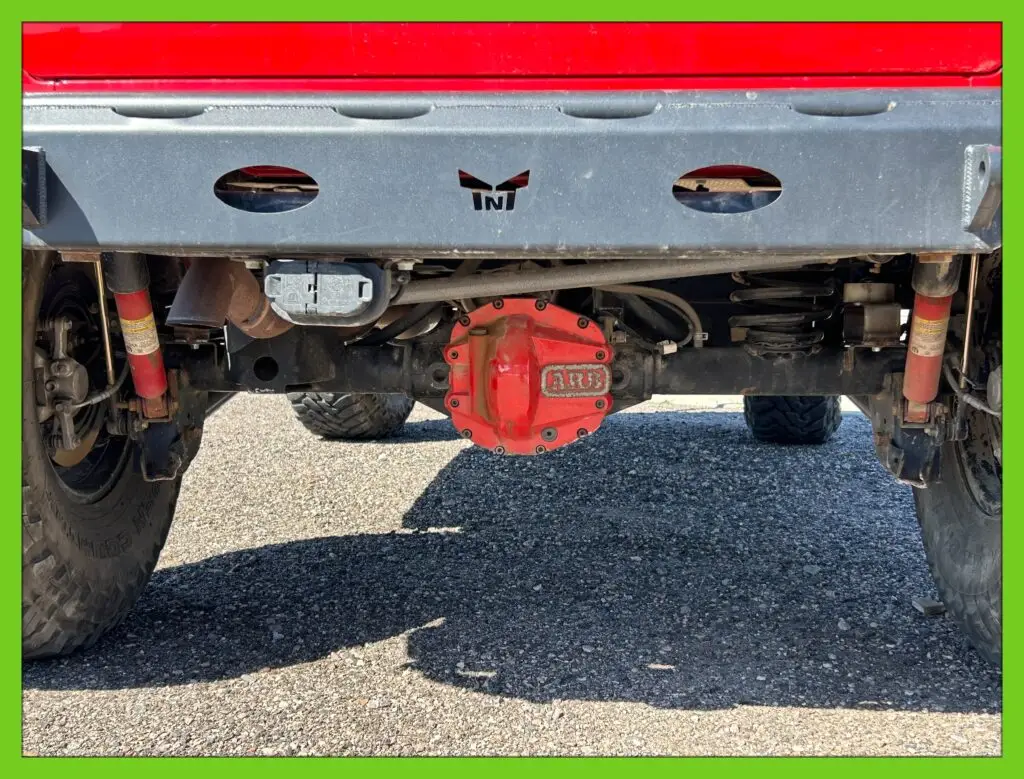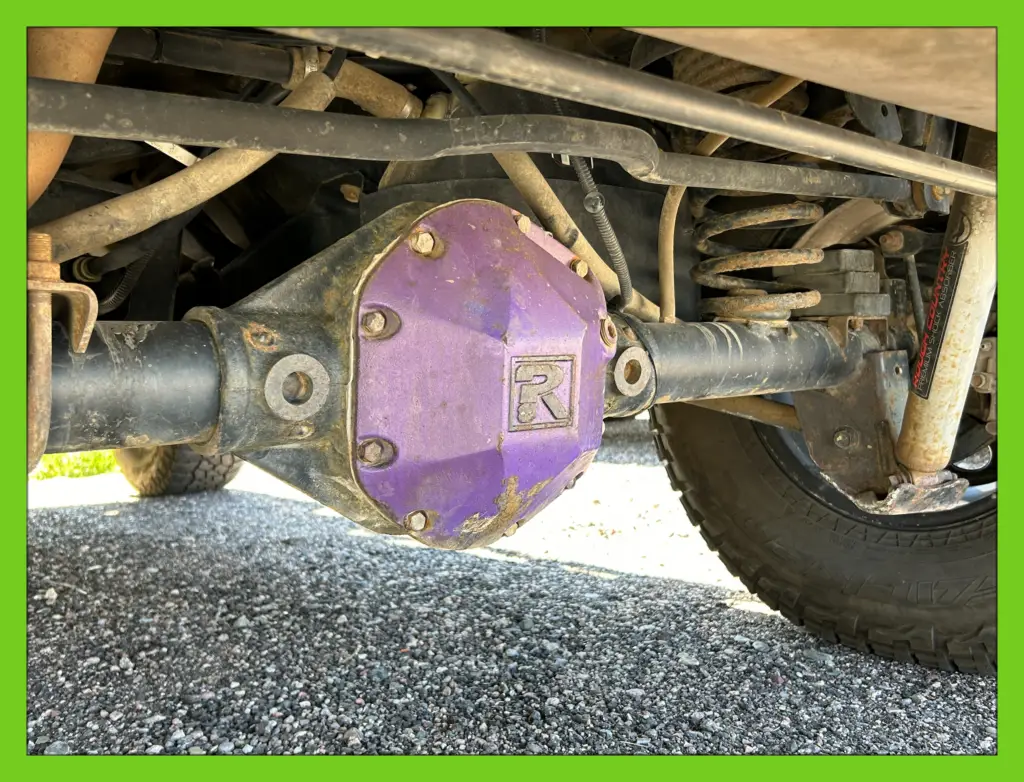Share:
Explore More Topics
What is a Rear Differential?

Understanding the Rear Differential

Imagine you’re watching a marching band take a corner in a parade. Notice how the members on the outside take longer strides compared to those on the inside to stay in sync? Your Jeep’s rear differential works in a similar way. It’s a crucial component that ensures your wheels rotate at different speeds, allowing for smooth turns.
How Does a Rear Differential Work?
In a nutshell, the rear differential allows your Jeep’s rear wheels to rotate at different speeds, which is essential when turning. Without it, your wheels would be forced to spin at the same rate, causing tire wear, poor handling, and a rough ride. Here’s how it works:
- Power Distribution: It distributes engine power to the rear wheels.
- Speed Compensation: It compensates for the difference in distance each wheel travels during a turn.
- Torque Management: It manages the torque between the wheels to prevent slipping or loss of traction.
Types of Differentials in 4×4 Vehicles
When it comes to off-roading and 4×4 vehicles like Jeeps, different types of differentials come into play:
- Open Differential: The most common type, allowing wheels to rotate at different speeds but can lead to loss of traction in off-road conditions.
- Limited-Slip Differential: Provides better traction by limiting the difference in speed between the wheels.
- Locking Differential: Ensures both wheels rotate at the same speed, ideal for tough off-road terrains.
The Importance of a Rear Differential in Off-Roading
For Jeep enthusiasts, a properly functioning rear differential is vital. Here’s why:
- Enhanced Traction: Crucial for navigating rough, uneven terrain.
- Improved Handling: Ensures smooth and controlled turns, even on slippery surfaces.
- Reduced Tire Wear: Prevents excessive wear and tear on tires by allowing differential wheel speeds.
Signs of a Faulty Rear Differential
A failing rear differential can spell trouble on the trails. Keep an eye out for these warning signs:
- Unusual Noises: Grinding or whining noises from the rear.
- Poor Handling: Difficulty in steering or controlling your Jeep around corners.
- Tire Damage: Uneven wear, especially on the sidewall or outer tread.
Maintenance Tips
To keep your rear differential in top shape, regular maintenance is key:
- Check Differential Fluid: Ensure it’s clean and at the proper level.
- Inspect for Leaks: Look for any signs of fluid leakage around the differential.
- Regular Service: Have it inspected by a professional, especially before and after extensive off-road trips.
Understanding the rear differential’s role in your Jeep is essential for any off-roading enthusiast. It not only ensures a smoother ride but also enhances your vehicle’s performance and longevity. Keep an eye on its health, and your Jeep will thank you on every adventure.
Embrace the trails with confidence, knowing that your rear differential has got your back (or rather, your rear wheels) covered. Happy off-roading!
